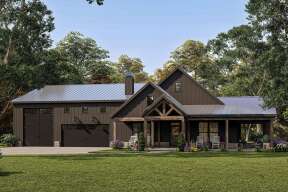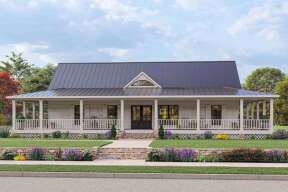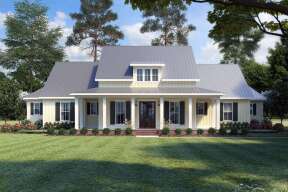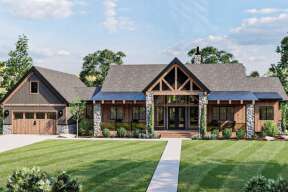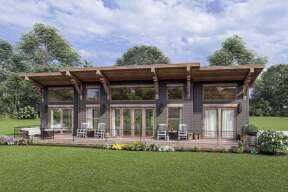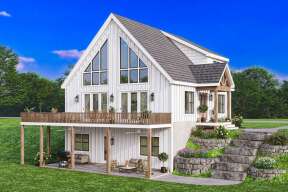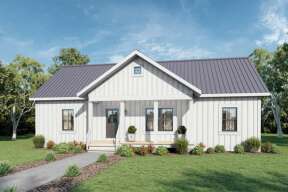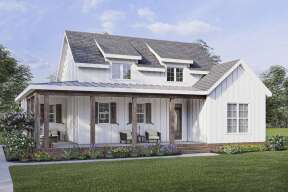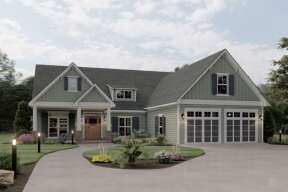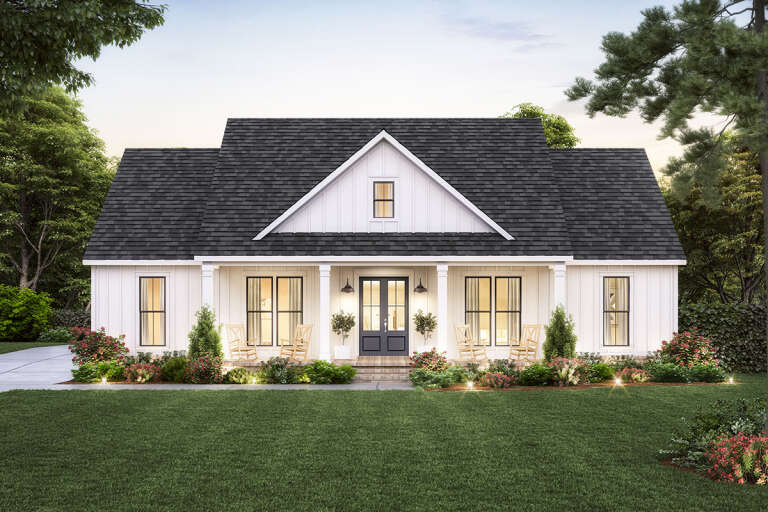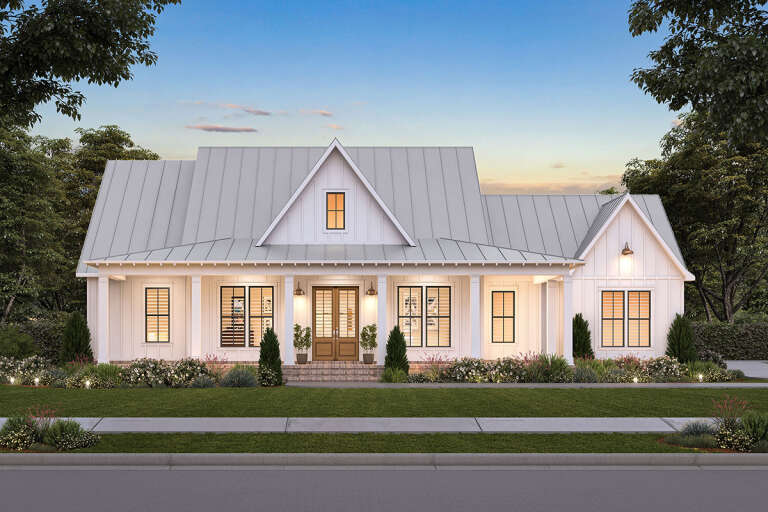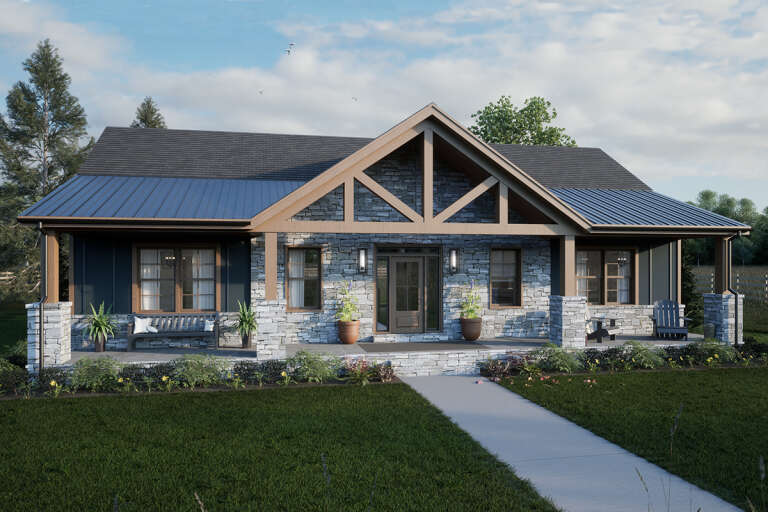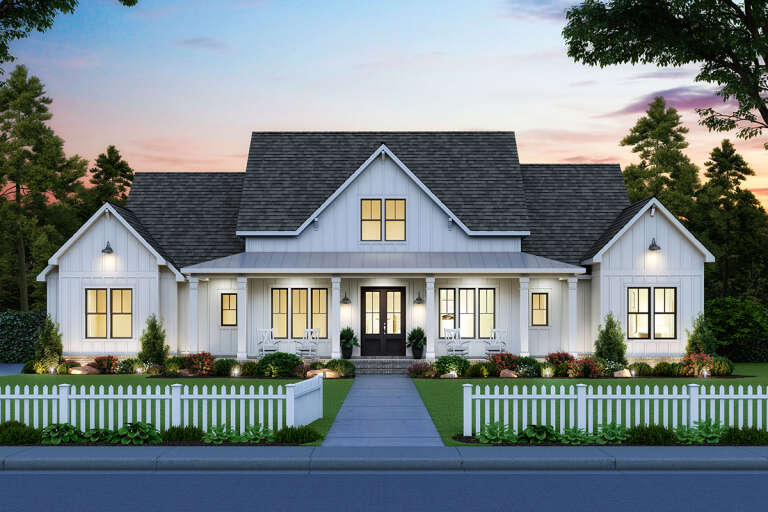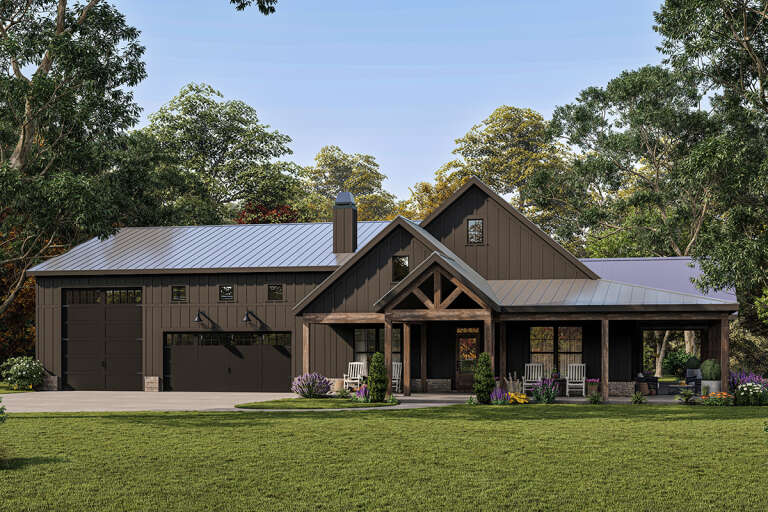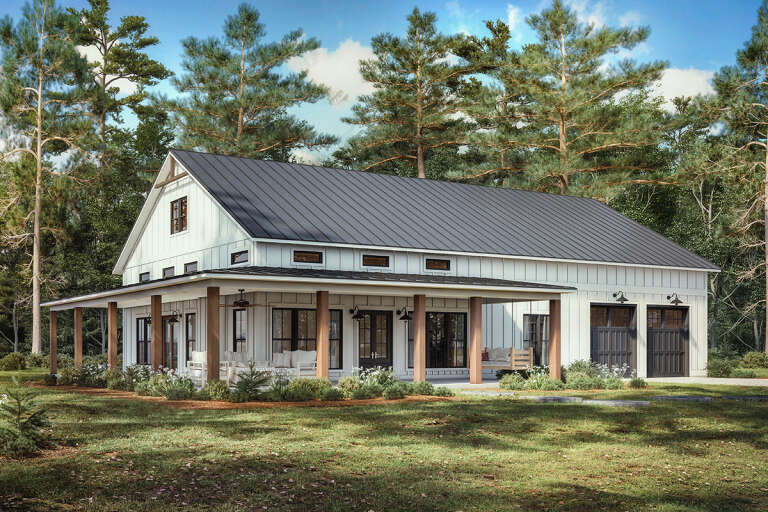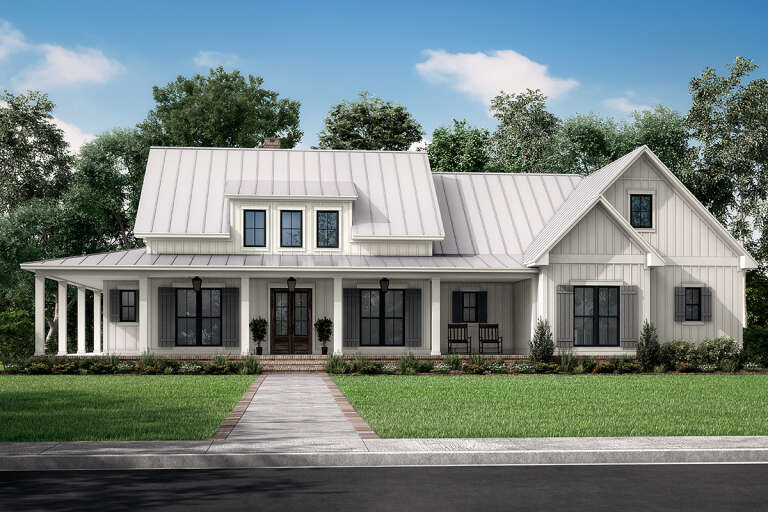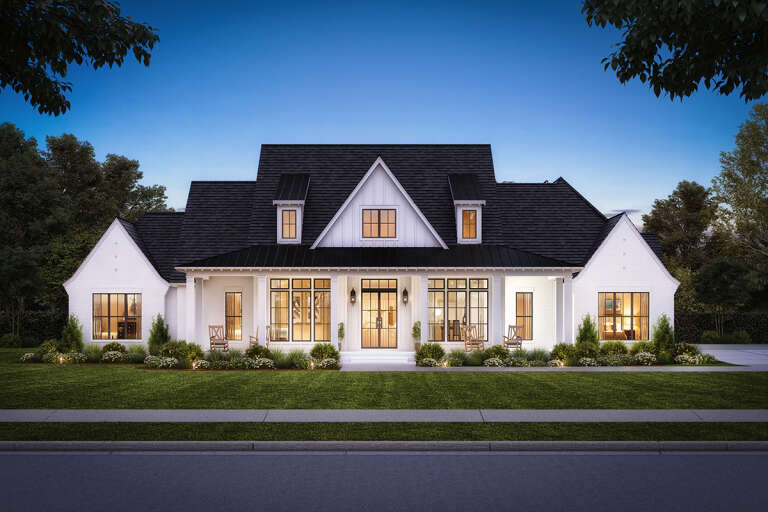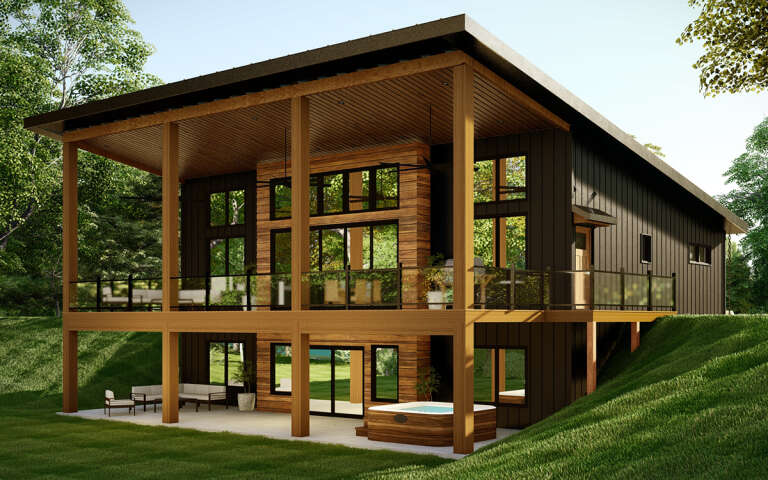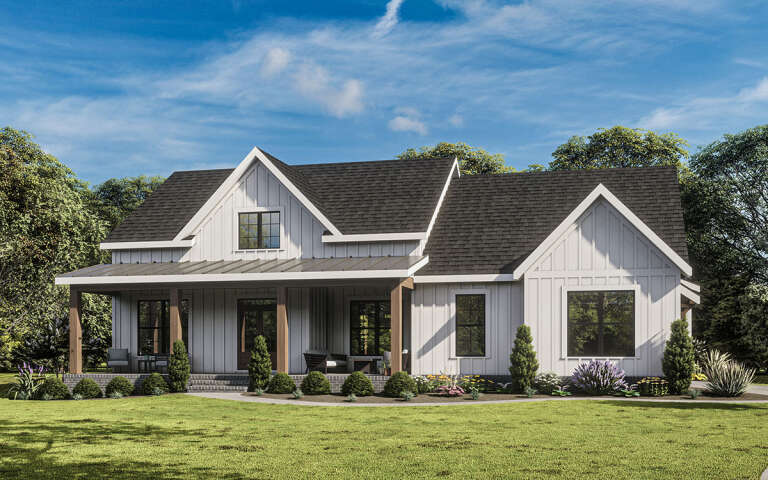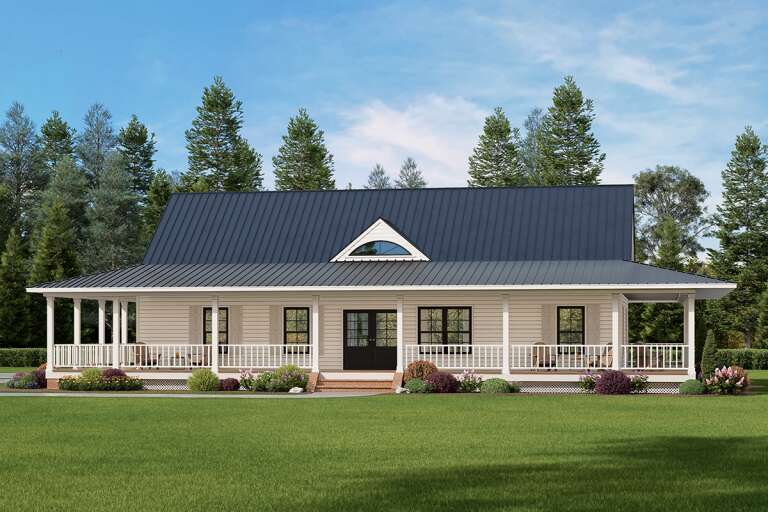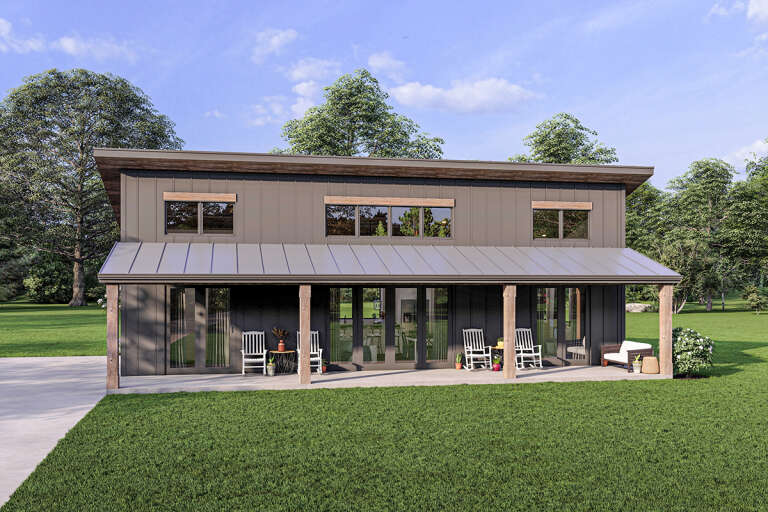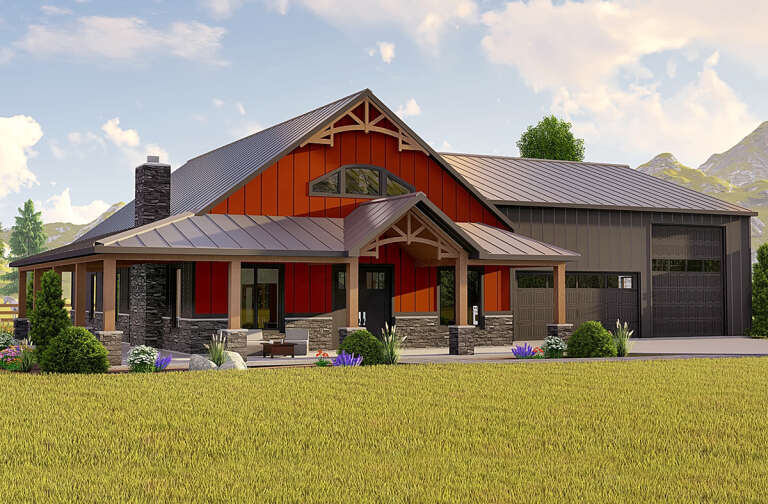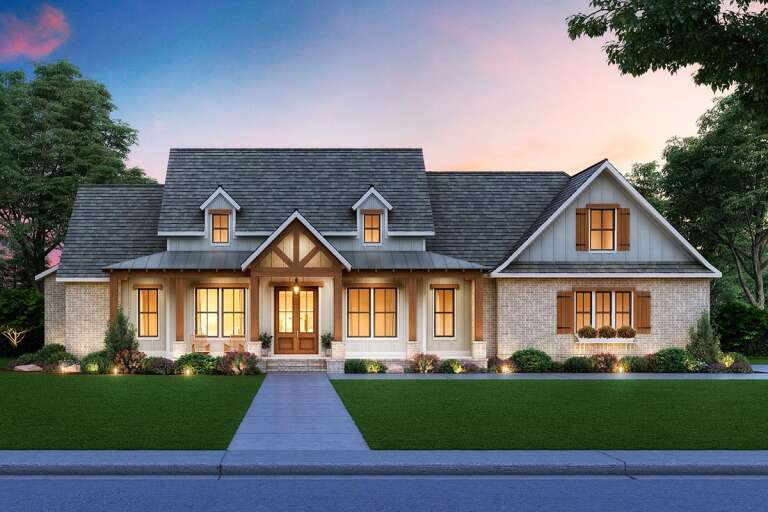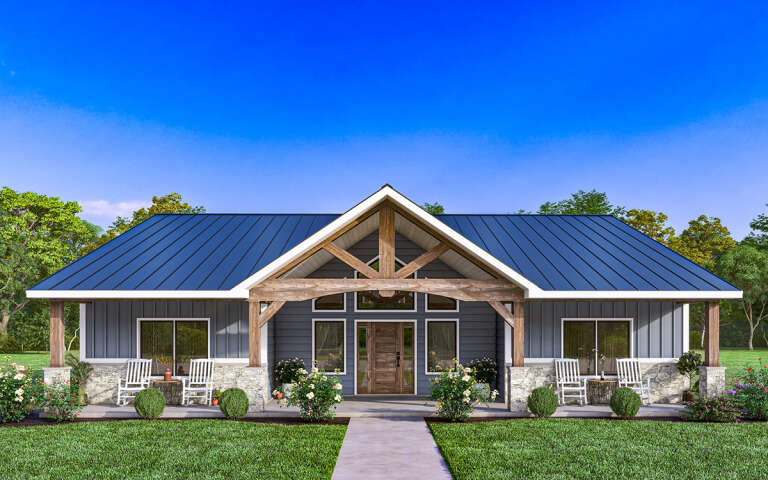260 Results
360 Virtual Tours FAQ
What is the difference between a virtual tour and a 3D house plan?
Virtual tours and 3D house plans are valuable tools in real estate marketing and property development and have distinct characteristics and uses.
A virtual house tour provides an interactive, panoramic view of a property, allowing prospective buyers or renters to walk through a space visually. Depending on the complexity, a virtual tour might be a series of high-quality photographs or a 360-degree panoramic view.
The key aspect of a virtual house tour is that it depicts the property as it is, including the current decoration, furniture, finishes, and so forth. This realism helps potential buyers or renters get a feel for the property and visualize themselves living in it.
3D house plans, on the other hand, are a type of architectural drawing. They present a three-dimensional view of a property, typically showing the layout of the property without including details like furniture or decor unless it's precisely part of the design presentation.
3D house plans are particularly useful in construction and remodeling, helping builders, contractors, and homeowners understand and communicate the property's design. For potential buyers, a 3D house plan can clearly understand the property's layout, size, and flow.
The critical difference between a virtual house tour and a 3D house plan lies in their purpose and presentation. A virtual tour offers a realistic, interactive view of an existing property, helping viewers visualize the space as it is. In contrast, a 3D house plan provides a structural and spatial representation of a property, highlighting its architectural design and layout. While different, both tools can significantly assist in selling, buying, or renting a property.
What is a virtual tour of a house?
Virtual tours of a house can take various forms. At the basic level, they may consist of a series of professionally taken, high-definition photographs of a property's interior and exterior. These photographs are often arranged in a slideshow format to give the viewer a sense of moving through the property.
More advanced versions of virtual tours employ 360-degree panoramic images or even 3D walkthroughs, where users can navigate through the property as if they were there. This interactive exploration of virtual house plans allows viewers to get a comprehensive view of the space, including its layout and unique features.
Users may even interact with the 3D space in the most sophisticated virtual tours. For instance, they might be able to open doors, turn lights on and off, or manipulate furniture. This high level of interactivity provides a very immersive experience and can significantly aid in the decision-making process for prospective buyers or renters.
Do virtual tours help people buy houses?
Yes, virtual tours are an influential tool to help people buy houses. There are several ways in which virtual tours can help people buy homes.
- House plans with virtual tours provide a comprehensive view of the property. High-definition photos, 360-degree panoramas, or 3D walkthroughs allow potential builders or buyers to inspect every corner of the house at their convenience. This level of detailed visual information can significantly aid decision-making, even before a physical viewing is arranged.
- Virtual tours save time and money. People can explore numerous homes from the comfort of their living room rather than traveling to multiple properties, which can be especially difficult for out-of-town or international buyers. This reduces travel expenses and allows potential buyers to narrow their list of prospective homes effectively.
- Virtual tours' immersive nature helps buyers envision themselves in the home. This is particularly true for interactive 3D virtual house tours, where users can "walk" through the property and manipulate elements within the space. The more a person can visualize living in a house, the more likely they are to consider purchasing it.
- House plans with virtual walkthroughs allow for 24/7 property viewing. Potential buyers aren't limited by traditional open house hours or realtor availability. They can explore the property anytime they wish, as many times as they want, leading to a more profound familiarity with the house and, eventually, more confident buying decisions.
How do virtual house tours work?
Virtual house tours work through a combination of modern technology, like digital photography, videography, and software for 3D modeling and virtual reality. They provide a detailed, interactive, and immersive view of a property, allowing potential buyers or renters to explore it remotely. Here's a general process of how virtual house tours work:
- Photography and Videography. The process begins by capturing high-quality photos or videos of the property. A series of photos may be sufficient for a simple virtual house plans tour. For a more advanced 360-degree panorama or 3D walkthrough, special equipment like a 360-degree camera or a 3D camera may be needed. These devices capture images in all directions, creating a complete view of each room.
- Image Processing. After capturing the images, they are processed using special software. If a 360-degree tour or a 3D model is being created, the software stitches together the photos to create a seamless panoramic or 3D image. Some software can even generate a 3D model of the property based on 2D images, though more advanced tours may use dedicated 3D scanning devices.
- Interactive Elements. Depending on the complexity of the tour, interactive elements might be added. For example, in 3D virtual house tours, viewers may "move" through the property by clicking on different areas of the image. Some tours might also allow viewers to interact with elements in the home, like opening doors or turning lights on and off.
- Additional Information. Once the main visual elements of the tour are ready, further information can be added. This might include text descriptions, voiceovers, floor plans, or information about local amenities. This gives viewers a more complete understanding of the property.
- Online Hosting. The final virtual tour is hosted online on the real estate agency's website, a property listing site, or a dedicated virtual tour platform. The tour is usually embedded in a webpage and can be viewed using a web browser. Some tours might also be compatible with virtual reality headsets for an even more immersive experience!
What are the benefits of 360 virtual tours?
- 360-degree virtual tours offer many benefits, transforming how properties are marketed and explored. They provide a realistic, immersive experience, allowing users to explore a space as if they were physically present. Here are some significant benefits of 360-degree virtual tours:
- Enhanced imaging. Unlike static images, 360-degree tours allow viewers to look in all directions: up, down, and around. They provide a complete view of rooms and spaces, giving potential buyers or builders a realistic feel for the layout and size of the property.
- Increased engagement. 360-degree tours are interactive, allowing users to control their property exploration. This engagement can lead to potential buyers or renters spending more time on the property's listing, increasing their interest and likelihood of taking further action.
- Convenience and accessibility. House plans with virtual walkthroughs can be accessed anytime, anywhere, and on any device with an internet connection. This makes it easy for out-of-town or international prospects to view the property or plan, expanding the potential market.
- Time and effort savings. By providing a comprehensive view of a property, 360-degree 3D virtual house tours can help potential buyers or renters decide whether the property meets their needs before arranging a physical viewing. This can save the realtor and the potential buyer significant time and resources.


